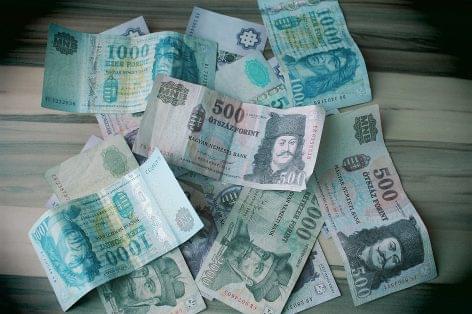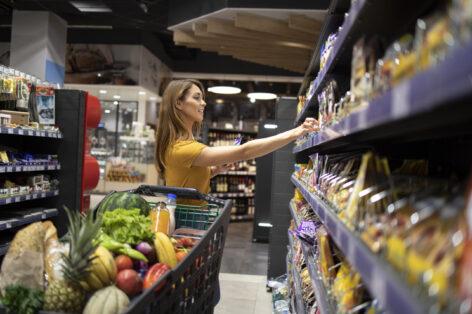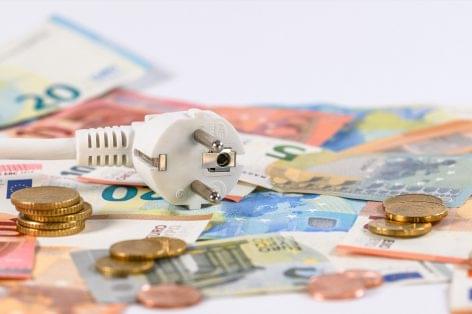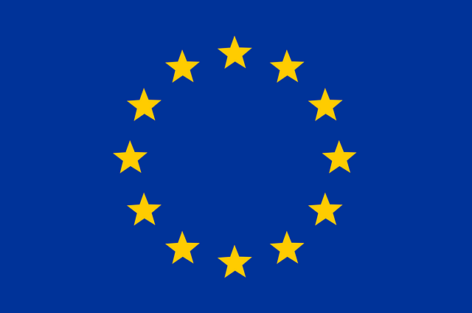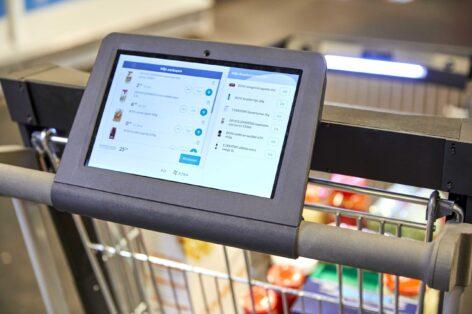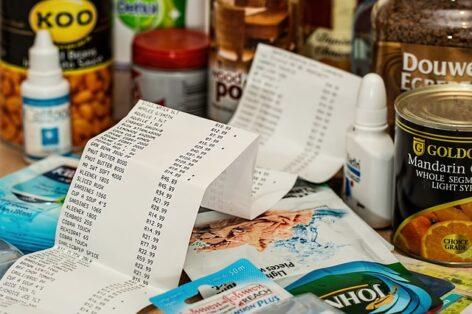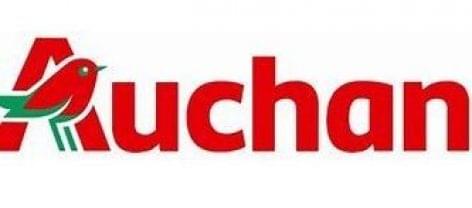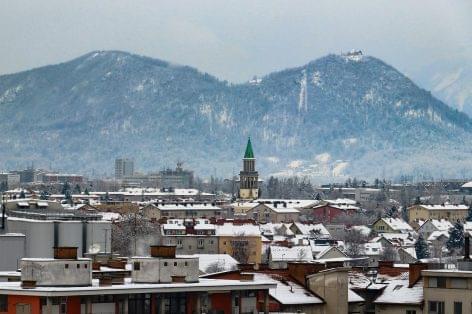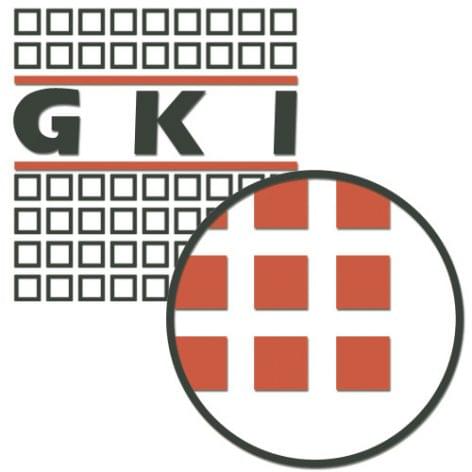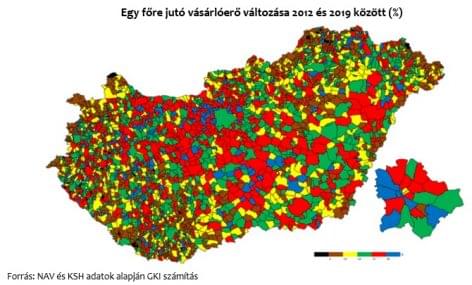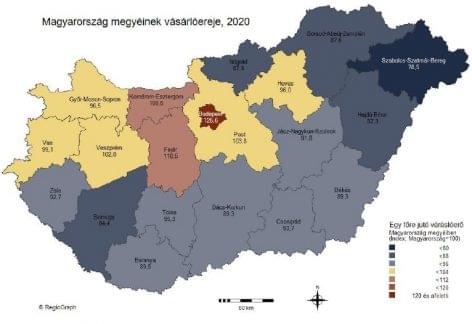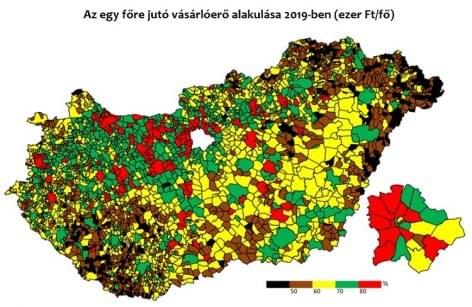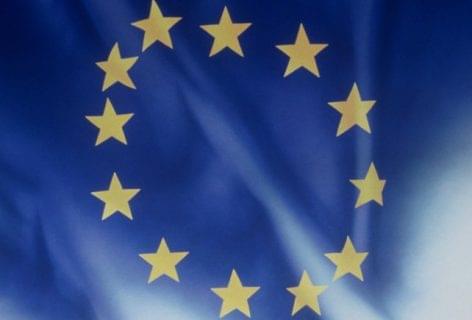Tag "vásárlóerő"
This is how the government would increase the purchasing power of incomes
Date: 2024-11-18 09:12:07
The interest-free worker loan will be available from January 2025, the social negotiation of the loan scheme has begun – the Ministry of National Economy (NGM) announced to MTI. According...
Read more
Significant wage growth in Hungary: in July 2024, earnings continued to grow
Date: 2024-09-23 12:47:58
According to the latest data from the Central Statistical Office (KSH), in July 2024, the gross average earnings of full-time workers rose to HUF 636,700, while the net average earnings...
Read more
August inflation surprise: Slowing monetary deterioration, improving purchasing power
Date: 2024-09-12 14:50:22
The latest inflation data from the Central Statistical Office (KSH) caused a significant surprise, as the rate of monetary deterioration slowed down to only 3.4 percent in August, which is...
Read more
The amount “expected” by pensioners has increased significantly
Date: 2024-09-12 11:31:12
In order to narrowly manage everyday life after retirement, an average of nearly HUF 240,000 would be needed per month, according to the K&H recent, middle-aged, secure future survey. According...
Read more
Pensioners are in a difficult situation at the cash register
Date: 2024-08-14 12:10:33
According to the latest data from the Central Statistical Office (KSH), inflation continued to accelerate in July, rising to 4.1 percent on an annual basis. This value is higher than...
Read more
Research: the financial situation of the middle-aged has become more favorable
Date: 2024-07-17 12:32:50
The financial situation of the middle-aged has improved, according to the K&H Secure Future research, which examined the subjective income situation. In one year, the proportion of those facing financial...
Read more
GfK’s European commercial purchasing power study is now available
Date: 2024-07-04 16:31:12
The average commercial purchasing power in Europe is 6,517 euros per person, however, there are significant differences between the 25 European countries examined in terms of expenses spent on commerce:...
Read more
The European Union started the year with significant growth and a decrease in inflation
Date: 2024-05-16 13:39:37
According to the latest report of the European Commission, at the beginning of 2024, the economy of the European Union began to grow at a surprisingly fast pace, while inflation...
Read more
Pensioners can buy more things with their money in the store than in 2016
Date: 2024-05-14 11:15:29
According to KSH data, the average amount of the old-age pension rose to HUF 231,495 in March 2024. From this amount, the Pénzcentrum calculated how many pieces or kilograms of...
Read more
KSH: Gross average earnings were HUF 605,400 in February 2024, 14.0 percent higher than a year earlier
Date: 2024-04-24 12:42:47
In February 2024, the gross average earnings of those employed full-time was HUF 605,400, and the net average earnings calculated with discounts taken into account was HUF 417,100. The gross...
Read more
Hungary has plenty of work to do in the regional “long-distance running”
Date: 2024-04-18 13:45:42
Based on the ten- and twenty-year trends – one of the most important indicators of which is GDP per capita measured at purchasing power parity – the Hungarian economy is...
Read more
György Raskó: the purchase of basic foodstuffs is also a serious challenge for many Hungarian households
Date: 2024-04-18 12:56:13
The serious problem of impoverishment is still noticeable among the Hungarian population, say experts. According to agricultural economist György Raskó, even the purchase of basic foodstuffs is a serious challenge...
Read more
Many confectioneries closed down in Hungary in the past year
Date: 2024-02-02 11:43:34
The past four years have brought dramatic changes to the Hungarian catering industry, as a result of which a total of more than 5,400 catering establishments have disappeared. The series...
Read more
GfK: In Hungary, the average purchasing power per capita increased by 24%
Date: 2023-10-25 16:45:55
In Hungary, the average purchasing power per capita increased by a strong 24% to 10,834 euros, which corresponds to 61 percent of the European average. This puts us in 29th...
Read more
August traffic at MediaMarkt was variable
Date: 2023-09-05 12:03:20
It wasn’t just expenses related to the start of school that kept families cold and hot in August. The changing weather also had an impact on the turnover of certain...
Read more
Auchan: one of the main missions is still developing the purchasing power
Date: 2023-07-20 11:03:07
Viktória Lucenko, CEO of Auchan Magyarország: “Our 2022 business results were partly influenced by the drop in motor fuel sales, as fewer customers visited our petrol stations due to the government-imposed...
Read more
The food price increase for pensioners is 46.1 percent
Date: 2023-01-18 11:56:36
The purchase value of pensions has reached a historically very low level, especially since the epidemic and the war. And it is an incomparably more difficult task to get through...
Read more
Coop Italia to launch 5,000 new private label SKUs
Date: 2022-06-28 10:29:12
Coop Italia is to launch 5,000 new private label SKUs in the next two years – this move will increase its product offering by 50%.The aim of the initiative is...
Read more
VPK: Partnership isn’t just a word
Date: 2022-06-28 07:25:50
Our magazine interviewed Bart Dobbelaere, managing director of VPK Packaging. – We are living in a period that is full of challenges. As its managing director, how do you see...
Read more
Slovakia has the third lowest purchasing power as a share of GDP in the EU
Date: 2022-06-23 11:19:07
The ma7.sk portal, points out that the purchasing power of the Slovak population and its level compared to the EU average has decreased significantly, having fallen by six places in...
Read more
(HU) 6,8 százalékkal nőtt az európai kiskereskedelem a GfK tanulmánya szerint
Date: 2022-06-15 20:00:35
Sorry, this entry is only available in HU....
Read more
Hungarians sense an inflation rate twice as big as the reported level
Date: 2022-06-08 07:26:24
According to the official data, consumer prices elevated 9.5% in April 2022 if compared with last April. However, a representative GKI survey (1,000 households) has found that consumer perception is...
Read more
GKI: per capita purchasing power in 2020 was 2 million HUF
Date: 2022-02-08 11:45:41
At the national level, the purchasing power per capita (total income) averaged 2 million HUF in 2020, increasing by 7 percent in nominal terms in one year, GKI Gazdaságkutató Zrt....
Read more
OKSZ Secretary-General: retail sales to gain momentum in February
Date: 2022-01-31 11:55:38
Retail sales could gain momentum in February due to rising incomes, one-time benefits and changes affecting trade, the secretary general of the National Trade Association (OKSZ) told MTI on Monday....
Read more
Average purchasing power per capita in Hungary 7,643 equivalent to 51% of the European average.
Date: 2021-11-05 12:25:39
In 2021, the average purchasing power per capita in Europe is EUR 15,055. However, there are significant differences in net disposable income between the 42 countries examined: Liechtenstein, Switzerland and...
Read more
Growth of purchasing power in Hungarian settlements between 2012 and 2019
Date: 2021-02-03 11:55:13
One important segment of quality of life is purchasing power. Therefore, GKI Economic Research Ltd. estimated the purchasing power of the settlements for the years 2012-2019. During the estimates, we...
Read more
GVK: COVID affected purchasing power all across Europe
Date: 2020-10-20 11:53:06
In 2020, the average European citizen will have 773 euros less, a total of 13,894 income. However, there are significant differences in net income between the 42 countries surveyed: Liechtenstein,...
Read more
Which municipalities have benefited from the rapid growth of the last seven years
Date: 2020-06-30 11:41:03
GKI Zrt. Examined the changes in the purchasing power of municipalities and districts (net earnings, pensions, social benefits) from 2012 to 2019. The nominal value of municipal purchasing power increased...
Read more
The gap between the richest and poorest EU member state is narrowing but still huge
Date: 2019-12-17 11:08:32
Slightly reduced but still huge gap between richest (Luxembourg) and the poorest country (Bulgaria), according to a report released last Thursday by the Statistical Office of the European Union (Eurostat)....
Read more
GfK Purchasing Power: in Europe 14,739, Hungary 7,416 euros are available to an average citizen in 2019
Date: 2019-10-30 11:58:07
In 2019, an average European citizen has 14,739 euros for purchasing. However, there are significant differences in net income between the 42 countries surveyed. Liechtenstein, Switzerland and Luxembourg have the...
Read more

